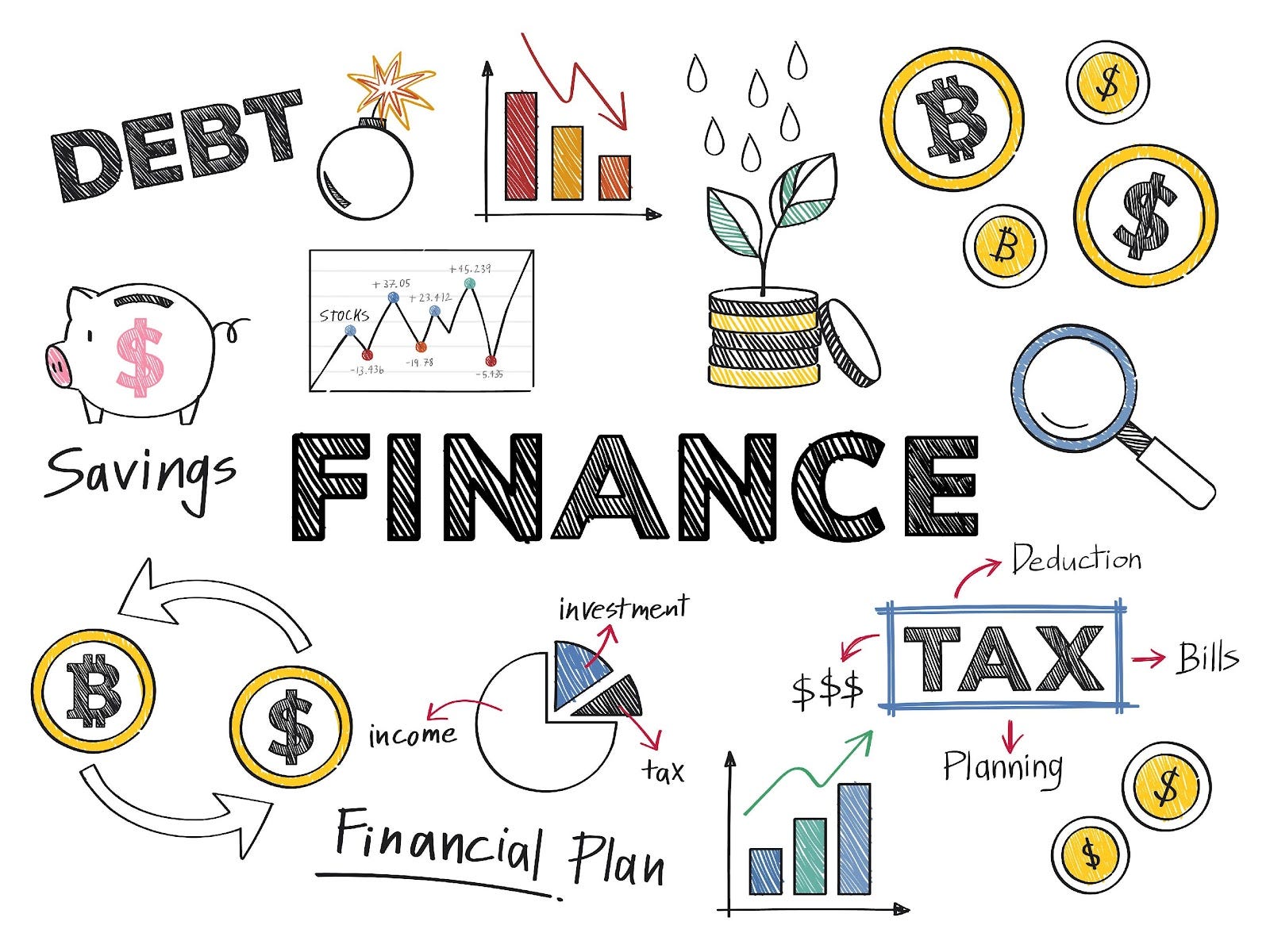Photo credit
When we talk about "design," we usually think of fonts, colours, and interfaces - the polished visual front of a product. But financial design isn't about gradients and buttons. It's about trust, clarity, and infrastructure. And yet, it's often overlooked.
Designing financial products with the same rigour as user experience design isn't just a nice-to-have, it's essential. Bad design doesn't just confuse; it alienates. And in finance, alienation can mean missed payments, customer churn, or regulatory trouble.
The Real Cost of Bad Financial Design
When users misunderstand what they're agreeing to (because language is opaque or interfaces are misleading) it's not a user error. It's a design failure.
A recent example is the Apple Card, which faced scrutiny when its sleek interface masked unclear repayment terms and dispute processes. The result? Regulatory backlash and user confusion. As this Financial Times piece outlines, the card's design may have looked innovative, but poor financial UX can't be hidden by aesthetics.
Transparency Is the UX of Finance
The best financial products don't bury their terms in footnotes or expect users to interpret legalese.
Instead, they surface the most important information when it's needed, not five scrolls down. This is where modern lending platforms are starting to move in the right direction.
Take digital lending platforms, for example. Sites like Fora have made it easier for users to access loans online, but their real strength lies in how they structure information: clear repayment terms, intuitive processes, and minimal jargon. It's not just what you're offering...it's how you're framing the offer.
This kind of design respects the user's attention. It doesn't assume literacy in fine print. It doesn't hide behind complexity. It lays everything out so a decision can be made not guessed at.
Information Architecture > Aesthetics
In finance, the visual UI matters less than the flow. You can have the cleanest-looking product in the world, but if the decision-making path is broken, the product fails.
A great example is GoCardless, which simplified Direct Debit for small businesses by focusing on intuitive design rather than legacy systems. As Wired reports, their edge came not just from technology, but from treating design as strategy...not decoration.
Here's what well-designed financial architecture actually looks like:
- Clear language, not compliance copy
- Linear journeys, not loops
- Embedded learning moments, not PDFs no one reads
- Predictable interfaces that guide, not guess, what the user wants
Great financial design anticipates friction and engineers around it.
Building for Different Levels of Financial Literacy
Not all users come in with the same baseline knowledge. That's why designing for financial inclusion means designing with layered clarity. You need a surface-level flow that's intuitive - and deeper layers for those who want to dig in.
It's not dumbing down. It's smart defaults with transparent opt-ins. Think progressive disclosure, help icons that don't condescend, and copy that assumes curiosity, not ignorance.
Why Financial Products Need Content Designers, Not Just Lawyers
Designers can't fix what's broken in the terms and conditions. But content strategists can.
Legal copy may be non-negotiable, but its placement, context, and tone are entirely designable. Financial design isn't just for product teams - it's a cross-functional responsibility that should include writers, compliance leads, and UX researchers at the same table.
Because the design isn't done when the feature ships - it's done when the user understands it.
The Takeaway: Infrastructure Is Invisible - Until It Breaks
We don't often talk about financial design in the same way we talk about UX. But maybe we should.
A beautifully designed product with poor financial infrastructure is just a pretty trap. On the other hand, a financially sound tool that's hard to navigate becomes useless. The sweet spot is where infrastructure and interface meet - where systems are smart, flows are clear, and users feel like they're in control.
The future of finance isn't just digital. It's designed.
